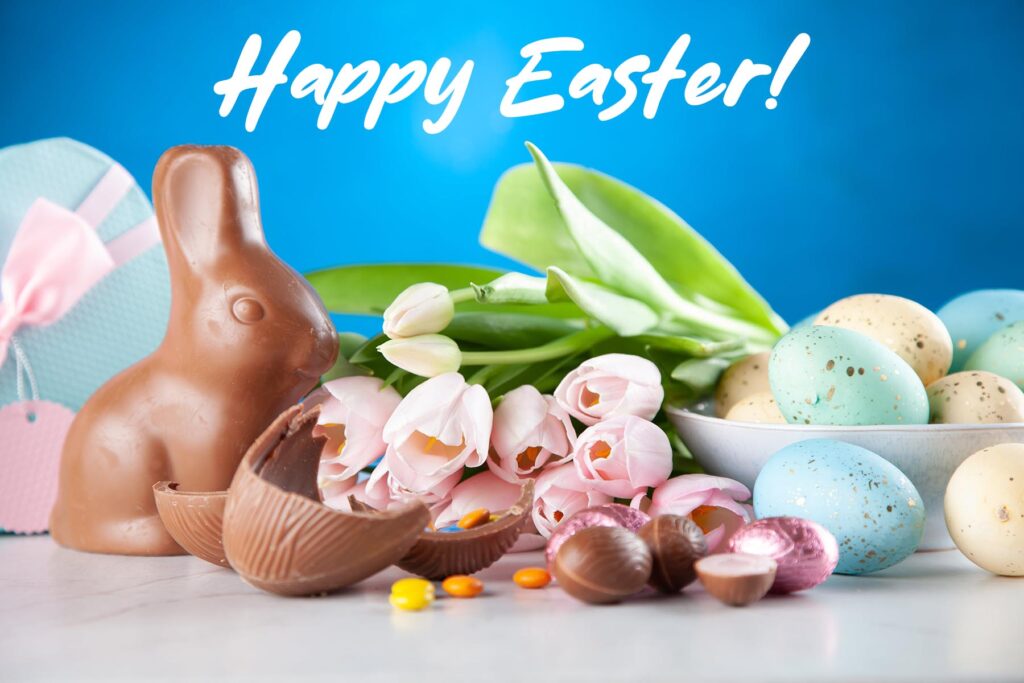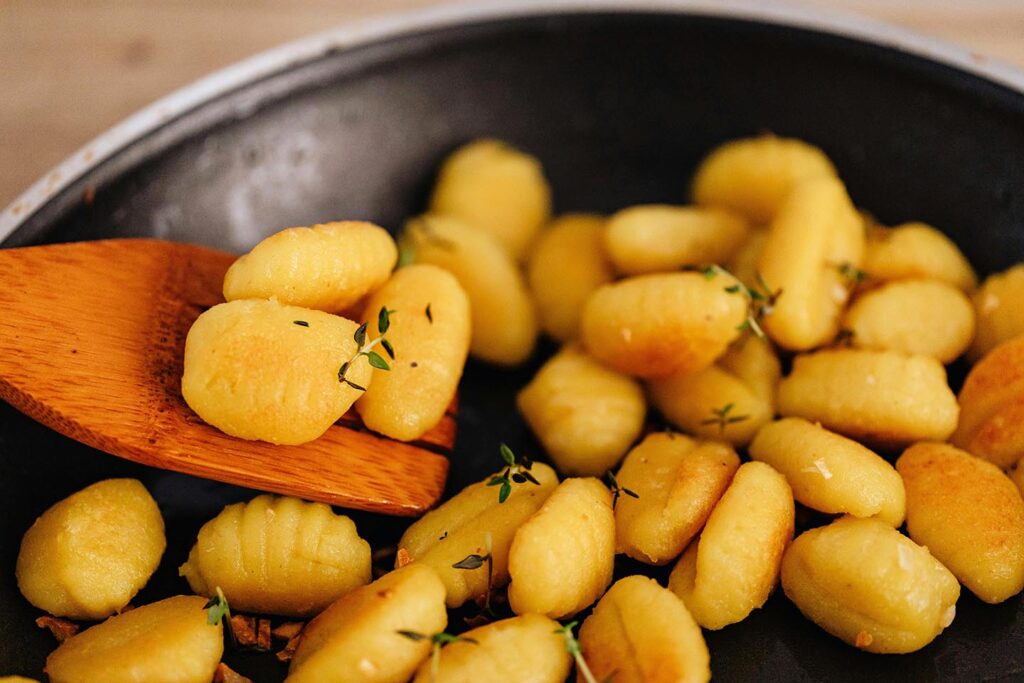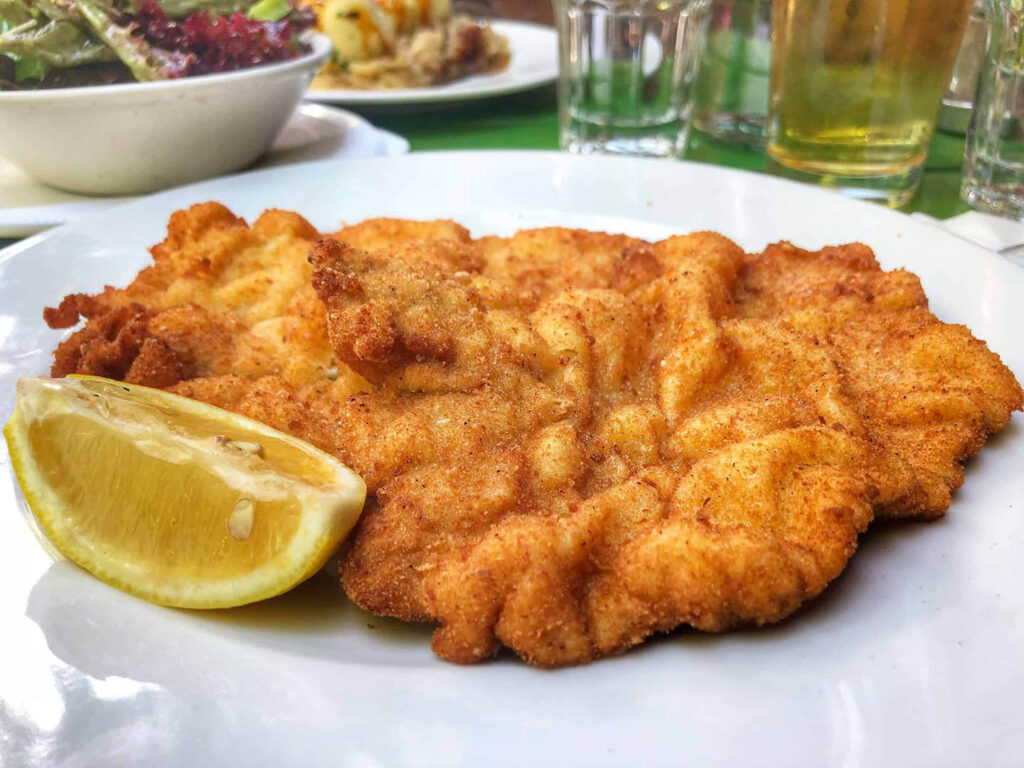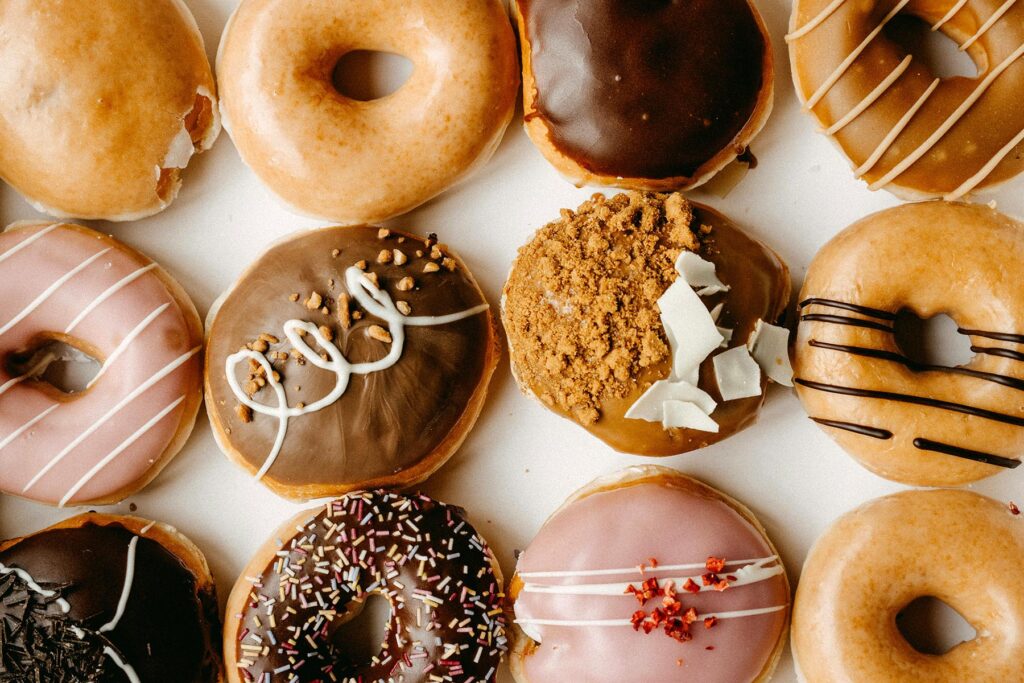
The pagan roots of Easter can be traced back to pre-Christian celebrations that honored the arrival of spring and the renewal of life. The name “Easter” itself is believed to have originated from the Old English word “ēastre,” which referred to a pagan festival celebrating the spring equinox. This festival honored Eostre, a pagan goddess of fertility and dawn. The timing of the Christian celebration of Easter aligns with these pre-existing spring festivities, allowing for the incorporation of existing traditions into the Christian calendar. Eggs, an ancient symbol of fertility and rebirth, were used in pagan rituals during spring celebrations. The practice of decorating and exchanging eggs during Easter has persisted, symbolizing new life in Christian tradition. Additionally, the Easter Bunny, another popular symbol associated with the holiday, has roots in pagan fertility symbols, as rabbits are known for their prolific breeding. While Easter is now predominantly a Christian celebration commemorating the resurrection of Jesus Christ, its observance and some of its customs retain echoes of the pagan traditions that preceded it.
What foods does the world eat to celebrate Easter?
Most foods served for Easter reflect both the religious and seasonal aspects of the holiday and the specific foods vary based on regional and cultural traditions. Here are some common foods you will find:
- Lamb: Lamb is a popular choice, symbolizing the “Lamb of God” in Christian tradition. It is often roasted or grilled and served as the main dish.
- Ham: In many Western countries, ham is served glazed, baked, or roasted, accompanied by various side dishes.
- Fish: Bakes or grilled fish is a common choice for Easter meals, particularly in cultures that observe Lenten traditions.
- Easter Sweet Breads and Cakes: Sweet, enriched breads or cakes are common in Easter celebrations. For example, Colomba Pasquale (meaning “Easter Dove”) is a traditional Italian Easter cake shaped like a dove made with candied peel, almonds, and sugar. Russia and the Ukraine both serve Kulich, a tall, cylindrical Easter bread often iced and decorated. Other sweet breads include Greek tsoureki, hot cross buns popular in the United Kingdom, and many more.
- Pasha: Pasha is an Eastern European dessert made with cottage cheese, butter, eggs, and sugar. It is often molded into a pyramid shape.
- Vegetables and Spring Greens: Easter coincides with the arrival of spring in the Northern Hemisphere, which brings a bounty of fresh spring vegetables like asparagus, peas, and new potatoes.
- Easter Eggs: Hard-boiled eggs are often dyed and decorated for the holiday, while a wide variety of egg dishes are commonly served during Easter brunches.
- Easter Treats: You can’t have Easter without chocolate eggs, bunnies, and various sweets!
For more worldwide Easter traditions and foods, check out this article:
Here are a few fun facts about Easter that you may or may now know:
- Easter Bunny’s Busy Night: The Easter Bunny, similar to Santa Claus, is said to deliver eggs and treats to children on Easter Eve.
- Egg Rolling: The White House in the United States has an annual Easter Egg Roll on its lawn. This tradition dates back to 1878 and involves children rolling eggs with spoons across the grass.
- Egg Decorating Contest: Ukrainians have a unique tradition of Pysanka, which involves intricately decorating eggs with colorful designs. It’s a form of art that has been passed down through generations.
- World’s Largest Easter Egg: The world’s largest Easter egg is not made of chocolate but is a massive sculpture. The Vegreville Egg in Canada stands at over 31 feet tall and is made of aluminum.
- Easter Records: The largest Easter egg hunt on record involved over 500,000 eggs hidden in Cypress Gardens, Florida. The largest gathering of people dressed as Easter bunnies occurred in 2015 in the United States.
- Easter Parades: Easter parades are a popular tradition in many places. For example, the New York City Easter Parade and Bonnet Festival is famous for its elaborate and creative hats and bonnets.
- Chocolate Bunny Ears: When it comes to eating chocolate bunnies, a survey revealed that 76% of people eat the ears first. Some argue that it’s the best part!
- Easter Monday Water Fights: In some European countries like Poland and Hungary, engaging in water fights on Easter Monday is a tradition. People playfully throw water at each other to symbolize cleansing and rejuvenation.
- Easter in Space: Even astronauts celebrate Easter in space. In 2007, an astronaut brought a chocolate egg into space to mark the occasion.
- Easter Island Connection: Despite its name, Easter Island has no direct connection to the Christian holiday. The island was named by a Dutch explorer who arrived on Easter Sunday in 1722.
Looking for Easter recipes and meal ideas? Try these articles:
No matter how (or if) you celebrate the day, we hope that your Easter is wonderful.
Do you celebrate Easter? How do you celebrate? Let us know in the comments!



